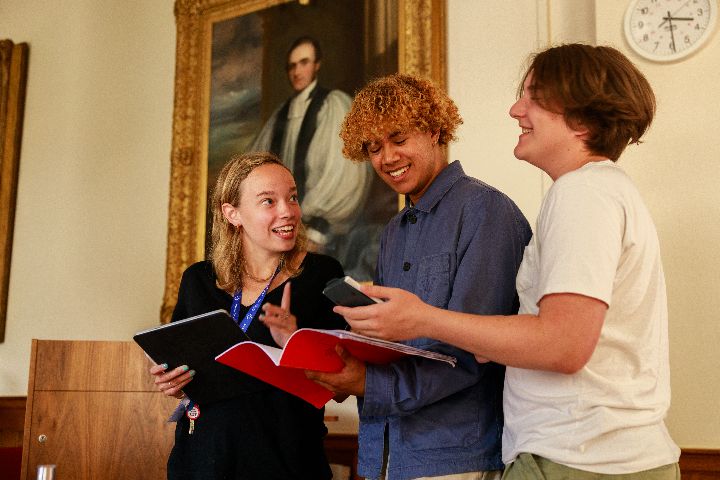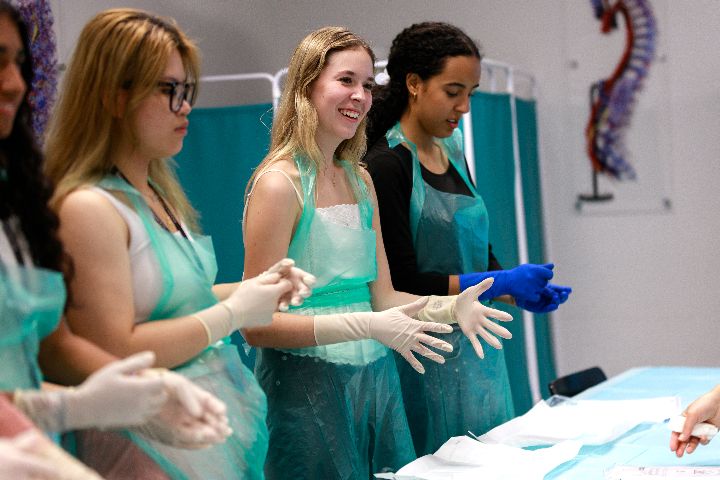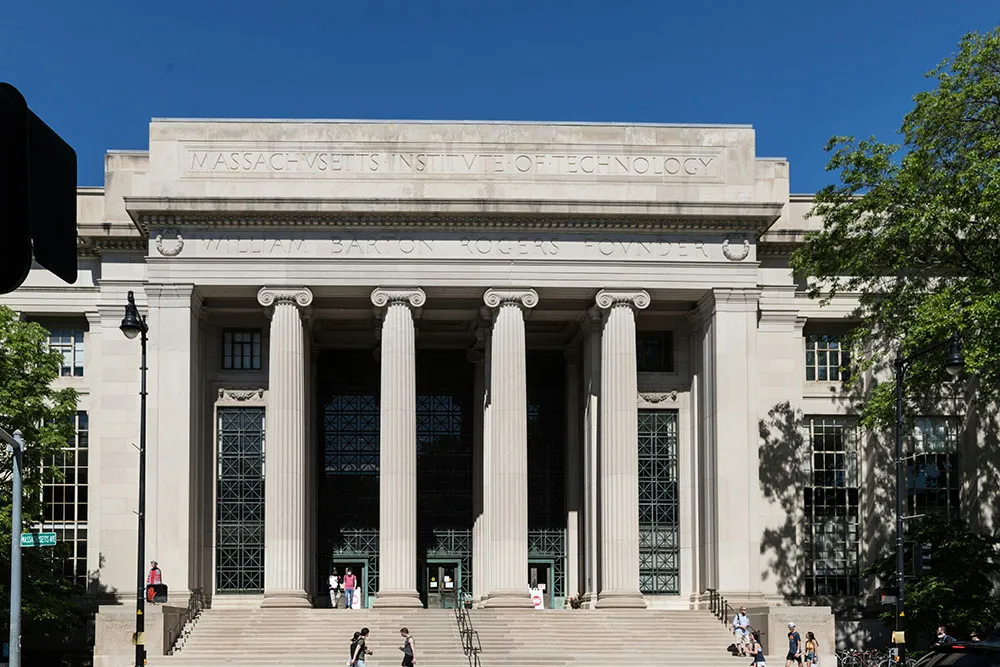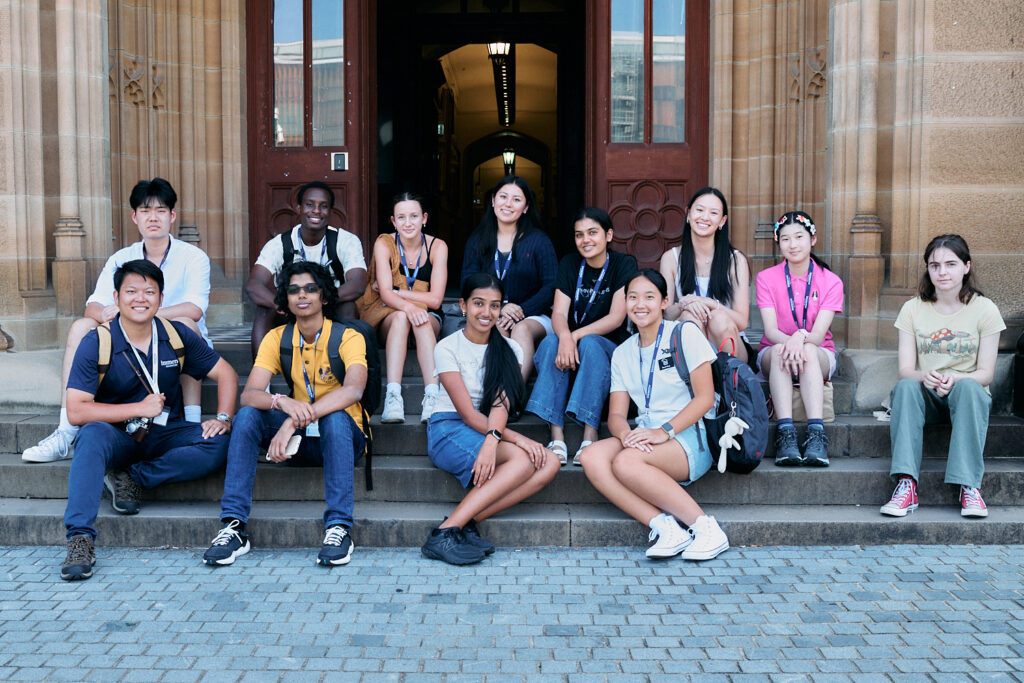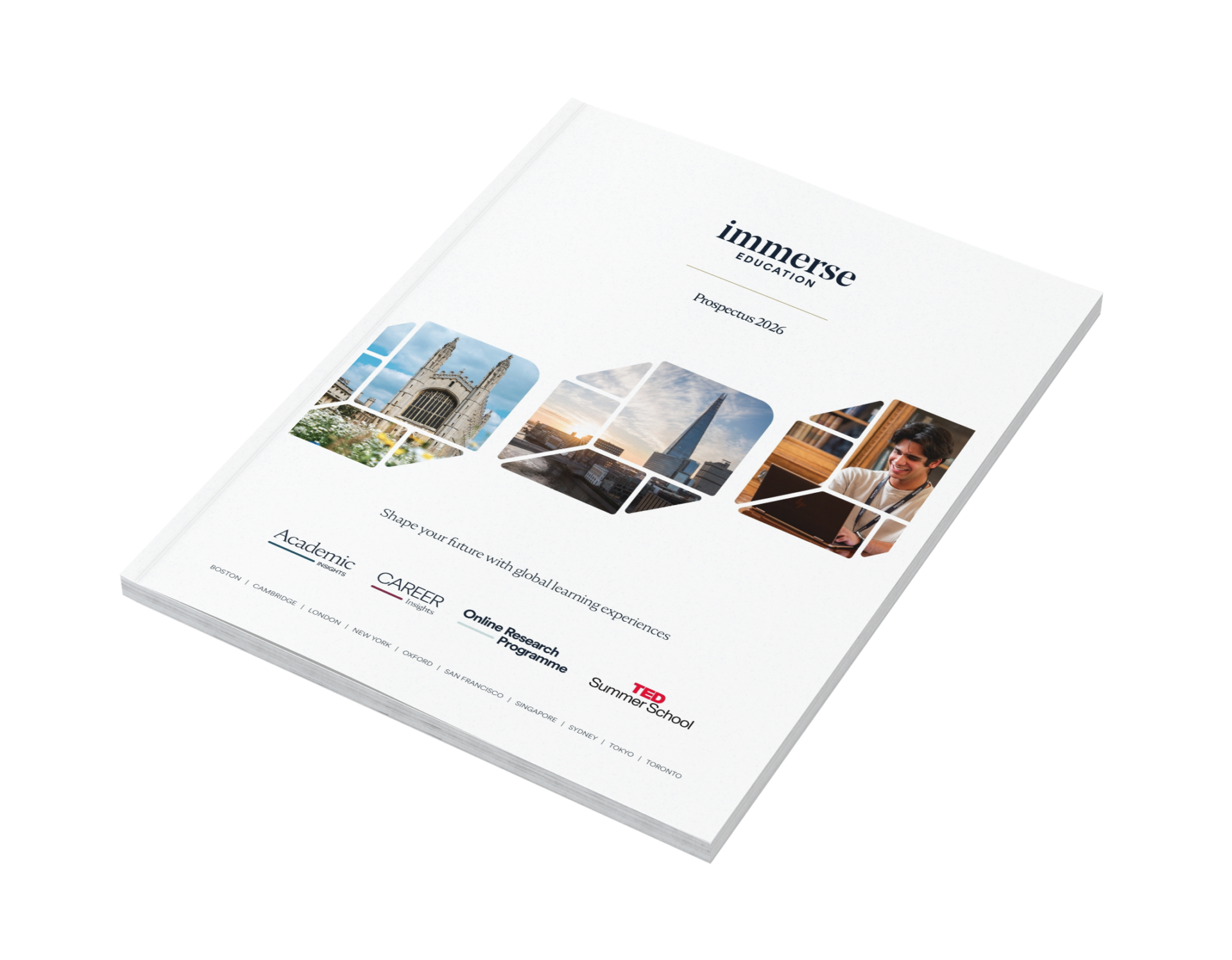Both the Massachusetts Institute of Technology (MIT) and Harvard University stand as two of the most prestigious institutions in the world, attracting top international students eager to pursue their academic and career ambitions. Each institution has its hallmark strengths and distinctive campus culture, and deciding between them requires understanding their differences and what they offer to global students. This article breaks down the core aspects of MIT and Harvard, including academic programs, admission competitiveness, campus life, and financial considerations, helping international students make an informed choice.
Brief Overview of MIT and Harvard
MIT (Massachusetts Institute of Technology) is globally renowned for its focus on science, technology, engineering, and mathematics (STEM). Founded in 1861, MIT champions innovation and research, producing groundbreaking advances in technology and entrepreneurship. It is famous for engineering and computer science but also offers strong programs in economics, management, and the humanities. With a student body of about 12,000 in total, MIT fosters a highly collaborative, tech-driven ecosystem.
Harvard University, founded in 1636, is the oldest institution of higher learning in the United States and a member of the Ivy League. Known for its deep-rooted tradition in liberal arts and professional disciplines, Harvard provides a diverse range of programs across 13 schools, including law, medicine, business, and the arts and sciences. Harvard’s undergraduate population is about 7,000, with a total enrollment of roughly 25,000 students in all programs. Harvard shines for its broad academic offerings, highly esteemed faculty, and extensive global alumni network.
Together, these two universities represent the pinnacle of academic excellence, but they cater to somewhat different student profiles, especially when it comes to academic focus and campus culture.
Both MIT and Harvard pride themselves on fostering diversity and inclusion, actively recruiting talented students from all over the world. Their campuses are home to students from more than 120 countries, creating vibrant, multicultural communities that enrich learning and social experiences. International students benefit not only from world-class academics but also from exposure to a global network of peers and alumni, opening doors for future collaborations and career opportunities worldwide.
MIT vs Harvard: Quick Comparison Table
This table highlights key metrics and distinguishing features, but numbers alone don’t fully capture what life and study are like at these institutions. Factors such as teaching philosophy, campus culture, support systems, and opportunities for global engagement greatly influence the student experience. Understanding these subtleties can help international applicants align their goals and expectations with the unique environment each university offers.
| Factor | MIT | Harvard |
| Location | Cambridge, Massachusetts | Cambridge, Massachusetts |
| Founded | 1861 | 1636 |
| Total Enrollment | ~12,000 | ~25,000 |
| Undergraduate Enrollment | ~4,500 | ~7,000 |
| Acceptance Rate (2023–24) | ~4% | ~4% |
| Focus Areas | STEM, Engineering, Computer Science | Liberal Arts, Business, Law, Medicine |
| Student-Faculty Ratio | 3:1 | 7:1 |
| Class Sizes <20 Students | ~71% | ~76% |
| SAT Range (Middle 50%) | 1520–1580 | 1460–1580 |
| Campus Setting | Urban, tech-focused, innovation-driven | Urban, historic, tradition-rich |
| Student Clubs | 450+ STEM and tech-focused | 450+ diverse cultural, academic clubs |
| Sports Division | NCAA Division III | NCAA Division I |
| Popular Majors | Engineering, Math, Computer Science | Economics, History, Biological Sciences |
| Tuition & Fees (2024) | ~$64,310 | ~$59,320 |
| Median Starting Salary | ~$119,000 | ~$98,000 |
| Global Ranking (2024 – QS) | #1 | #5 |
MIT vs Harvard: Academic Comparison
Focus and Strengths
MIT’s academic reputation is strongly tied to STEM disciplines, especially engineering, computer science, and applied sciences. It fosters an entrepreneurial spirit with a culture of innovation. The curriculum is challenging, with high expectations for analytical abilities and problem solving. MIT’s General Institute Requirements (GIRs) ensure students have foundational knowledge in math, science, and humanities, but the strong emphasis remains technical.
Harvard, in comparison, embraces a broader liberal arts approach at the undergraduate level, incorporating ethics, humanities, social sciences, and natural sciences. Harvard’s core curriculum encourages students to explore different disciplines, offering greater academic breadth. It also excels at producing leaders in government, law, business, and medicine, supported by its world-class professional schools.
Admissions Selectivity
Both universities are extremely selective, with acceptance rates close to 4%. Accepted students typically represent the highest academic achievement, including top standardized test scores and exceptional extracurricular records.
MIT tends to attract those with intense passion and talent in STEM. The typical admitted student has SAT Math scores near perfect (around 800), with ACT composite scores of 35-36. Harvard also admits high-achieving students but with a slightly wider range of academic interests, including humanities and social sciences.
Academic Environment and Difficulty
MIT classes are often described as rigorous and technically demanding, with a collaborative but intense workload. Faculty and students engage closely in cutting-edge research and hands-on projects.
Harvard offers a mix of rigorous intellectual inquiry with flexibility, allowing exploration across disciplines with a strong emphasis on critical thinking and communication skills. The social sciences and humanities programs especially provide a deeply analytical yet expressive academic experience.
Research and Innovation
Both universities invest heavily in research, but their focal areas reflect their distinct missions. MIT is often viewed as a powerhouse of technological breakthroughs – home to pioneering labs in artificial intelligence, robotics, and biotech – encouraging students to push boundaries through startups and innovation contests. Harvard, while also a leader in research, particularly shines in fields such as public policy, medicine, law, and the social sciences, fostering interdisciplinary collaborations that address global challenges from multiple perspectives.
Teaching Style
MIT emphasizes hands-on learning, where students actively apply concepts through labs, workshops, and collaborative projects. The Institute encourages an entrepreneurial mindset, where failure is viewed as a learning step. Harvard’s approach blends seminar-style discussions, critical thinking exercises, and case-based learning, especially in liberal arts, encouraging students to debate complex ideas and cultivate nuanced understanding—skills vital to leadership roles and public service.
Join the Immerse Education 2025 Essay Competition
Follow the instructions to write and submit your best essay for a chance to be awarded a 100% scholarship.
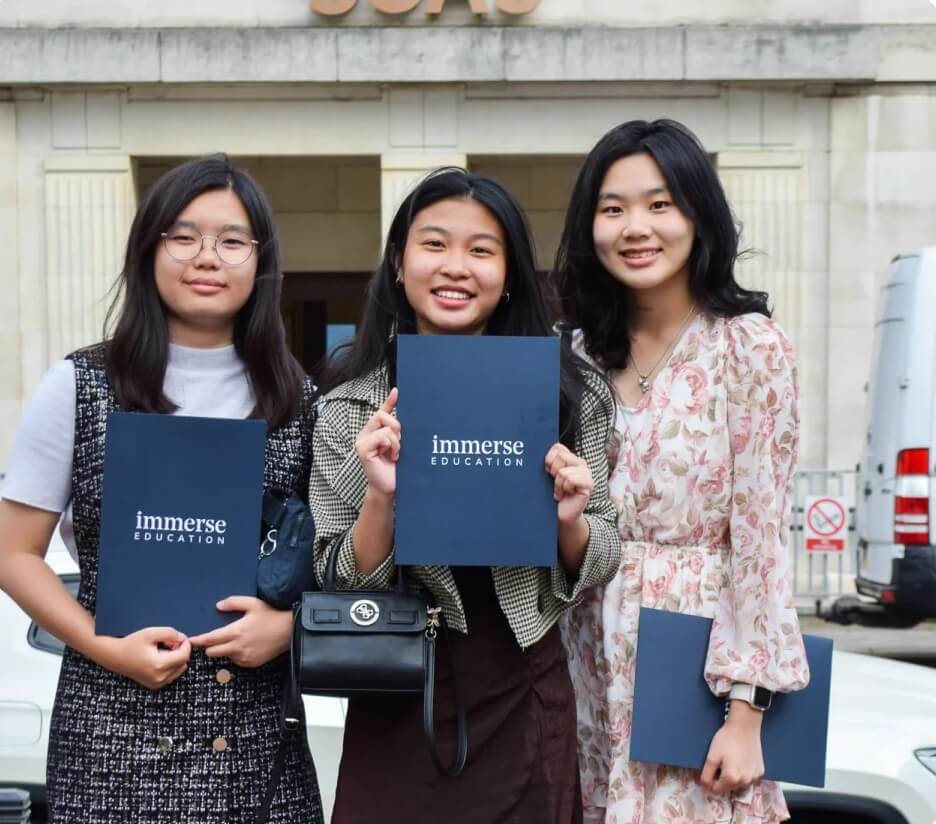
MIT vs Harvard: Campus Life and Environment
Campus Culture and Community
MIT’s culture is shaped by its STEM focus; students tend to be driven by innovation, technology, and entrepreneurship. The atmosphere is collaborative but intellectually intense, with a notable emphasis on research labs, startups, and hackathons. The campus fosters close faculty-student interactions due to its low student-faculty ratio.
Harvard offers a vibrant social and cultural environment with a strong emphasis on tradition. Its large, historic campus in Cambridge enjoys proximity to Boston’s cultural and professional hubs. Students participate extensively in diverse clubs—from debating societies to arts to political groups—and experience a blend of rigorous academics and active social life.
International Student Support
Both universities provide robust support for international students, including dedicated offices offering visa assistance, orientation, and cultural programming. Harvard’s long history of global engagement means a vast international alumni network, while MIT emphasizes global STEM networks and innovation hubs.
Student Organisations and Extracurriculars
Both campuses host an extensive array of clubs and organizations, though their flavor corresponds to their academic focus. MIT offers many tech-oriented clubs such as the Robotics Club or the Solar Electric Vehicle Team, alongside cultural and arts groups that help students decompress and build community. Harvard’s clubs tend to be more varied, encompassing political debate teams, theater groups, and service organizations, reflecting its wider liberal arts ecosystem.
Mental Health and Well-being
Recognizing the high-pressure environment students face, both universities have developed comprehensive mental health resources tailored to international students, including counseling, peer support, and workshops on managing stress and work-life balance. This support is vital to help students thrive academically and socially amid intense competition.
Housing and Campus Facilities
MIT’s residential system promotes tight-knit communities often grouped by academic interests or living-learning themes, with modern STEM-focused facilities and innovation centers.
Harvard’s college house system merges residence and social life, providing a rich residential experience that includes dining halls, libraries, and activity spaces catering to diverse student interests.
MIT vs Harvard: Financial Aspects
Tuition, Fees, and Aid
MIT’s tuition in 2024 is approximately $64,310 per year, slightly higher than Harvard’s $59,320. Both institutions provide generous need-based financial aid with substantial scholarships and grants, particularly for international students demonstrating financial need.
While both schools offer need-based financial aid packages to international students, their policies differ slightly. Harvard boasts one of the most generous need-based aid programs globally, often meeting 100% of demonstrated financial need without loans. MIT also provides robust aid but places additional emphasis on support for STEM-specific fellowships and research assistantships, allowing students to fund their education while gaining hands-on experience.
Return on Investment
MIT graduates typically command higher starting salaries—around $119,000 on average—reflecting the demand for tech and engineering professionals globally. Harvard graduates earn solid median starting salaries (~$98,000), with advantages in sectors like finance, law, medicine, and government.
Additional Costs
Living expenses in Cambridge, MA, are high for both schools, especially housing and food. Students should factor in these costs when budgeting.
Living in Cambridge is expensive regardless of the university, with rent, food, and transport adding significantly to overall costs. International students should prepare for this by budgeting carefully and exploring part-time work options where permitted. Both universities offer student employment programs and career centers that can help find campus jobs or internships, although visa restrictions must always be checked.
Career Opportunities and Alumni Networks
One of the most impactful considerations for international students choosing between MIT and Harvard is the post-graduation career support and alumni networks each provides.
Both universities boast powerful global alumni communities that open doors in academia, industry, government, and entrepreneurship worldwide. MIT alumni are particularly influential in technology and engineering sectors, founding or leading numerous startups and tech giants, especially in Silicon Valley and beyond. This network also provides access to exclusive industry events, mentorship programs, and venture funding opportunities for aspiring innovators.
Harvard’s alumni base is famously vast and well-connected across diverse fields, including law, finance, politics, and education. Their global influence is particularly notable in international organizations, public policy institutions, and major multinational companies. Harvard offers extensive career coaching, local and global networking events, and a lifelong alumni network that supports members at every career stage.
For international students, both universities provide dedicated career services tailored to navigating job markets globally, guidance on visa and work authorization processes, and alumni mentorship programs. The choice may come down to the specific industry you want to enter and where those networks will best support your goals.
Conclusion: Which Is Better for International Students?
The choice between MIT and Harvard depends significantly on your academic goals, interests, and preferred campus experience.
- If your passion lies in STEM, technology, research, and innovation, and you prefer a technically immersive environment with close faculty interaction, MIT is the natural fit.
- If you seek a broad liberal arts education with strong programs in social sciences, humanities, business, and professional fields, plus a historic campus culture and extensive alumni network, Harvard may be better suited.
Choosing between MIT and Harvard is less about which is objectively “better” and more about which one aligns with your vision for the future. Prospective international students should consider their academic interests, preferred campus environment, career ambitions, financial resources, and cultural fit. Visiting both campuses if possible, speaking with current students and alumni, and carefully reviewing program specifics will better inform this life-changing decision.
Remember, each institution offers unmatched opportunities, rigorous challenges, and a nurturing environment for personal and professional growth. Whichever university you choose, you will join a legacy of excellence and a community that spans the globe.
Both universities have world-class faculty, extensive international student support, affluent resources, and relations with industries globally. International students can thrive at either institution depending on their desired learning style, career pathway, and personal preferences.
For application tips specifically tailored to these universities, explore How to Get Into MIT and improve your study strategies with Tips to Study Like a Harvard Student.
FAQs: MIT vs Harvard
Can I Study at Both?
Why agonise over MIT vs Harvard when you could study at both? Of course, they’re separate institutions with distinct admissions processes, but some students explore opportunities to attend both during their academic journey. For example, completing undergraduate studies at one and graduate studies at the other. There are also occasional cross-registration programs and joint research collaborations, but these are limited and generally available only to enrolled students. Prospective students should plan carefully and consult academic advisors to understand transfer policies or collaborative programs if they wish to experience both universities.
What Other Universities Could I Consider Along These Lines?
Humanities-focused international students might look beyond MIT vs Harvard toward other top-ranked institutions like Yale, Princeton, or Stanford for a similar rigorous liberal arts education and strong global networks. For those focused on STEM and entrepreneurship, schools such as Caltech, Stanford, and University of California, Berkeley offer comparable academic intensity and innovation ecosystems. Each university has unique strengths and campus cultures, so international students are encouraged to explore various options aligned with their interests and career goals.
Why Do Students Often Choose Between These?
Part of why students often choose between MIT vs Harvard is that both universities are located in the same city – Cambridge, Massachusetts – and share an equally prestigious reputation globally. Being in close proximity gives international students the unique option to consider two top-tier but distinct academic and cultural experiences within the same vibrant innovation hub.
That said, the decision between MIT vs Harvard often comes down to academic focus and personal fit rather than prestige alone. Students inclined toward technical fields like engineering, computer science, and technology innovation tend to prefer MIT’s hands-on, research-driven atmosphere. Those drawn to social sciences, politics, law, or business leadership often gravitate toward Harvard’s broad liberal arts and professional school offerings. Many international students choose between these universities based on program alignment, teaching style, campus culture, and long-term career aspirations.
